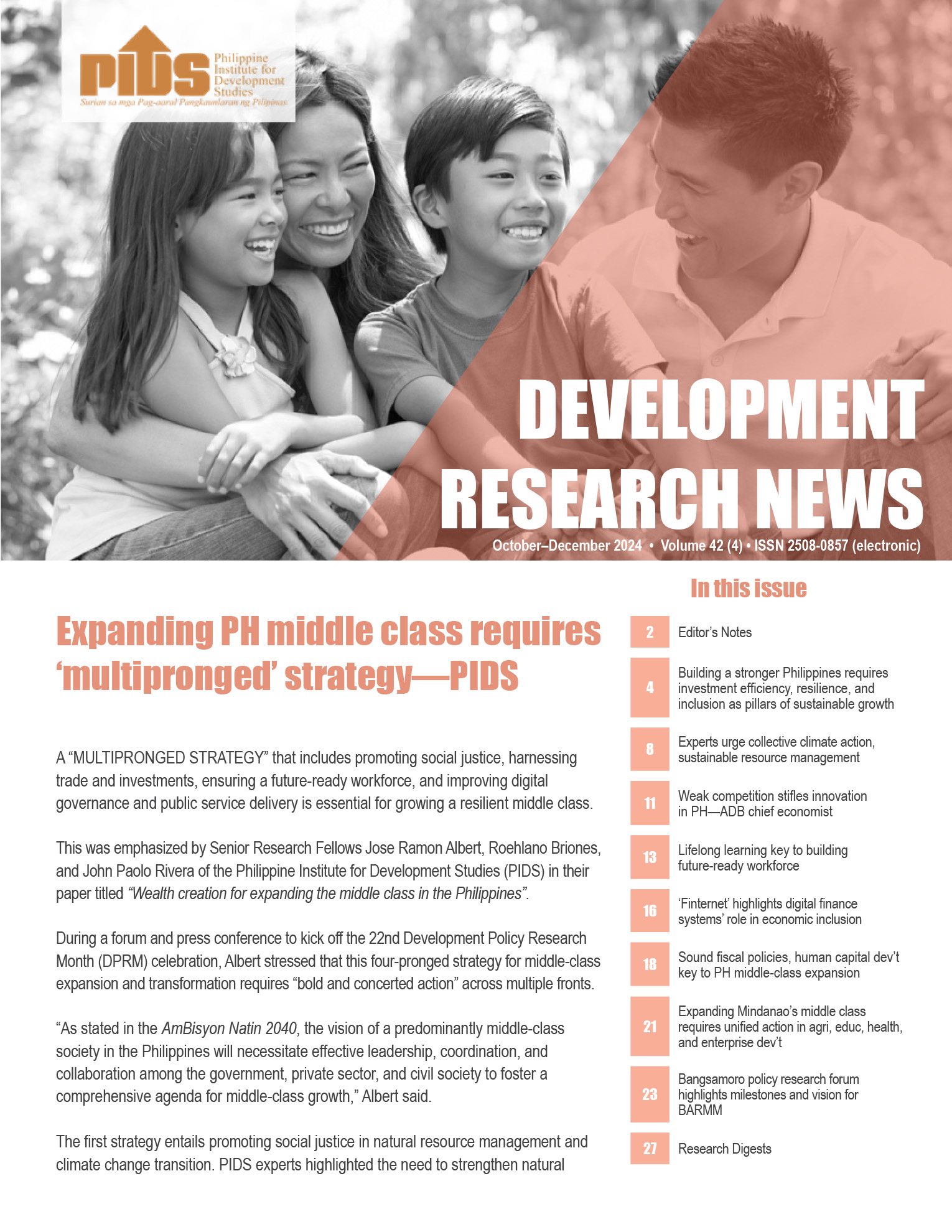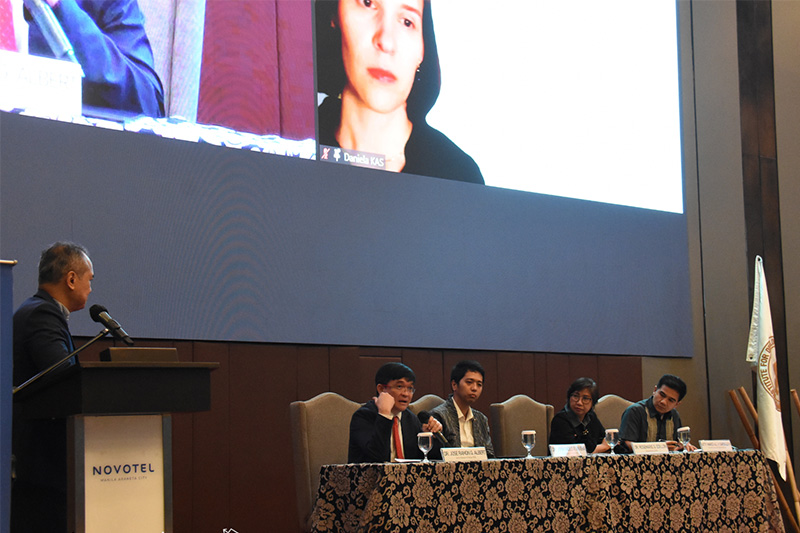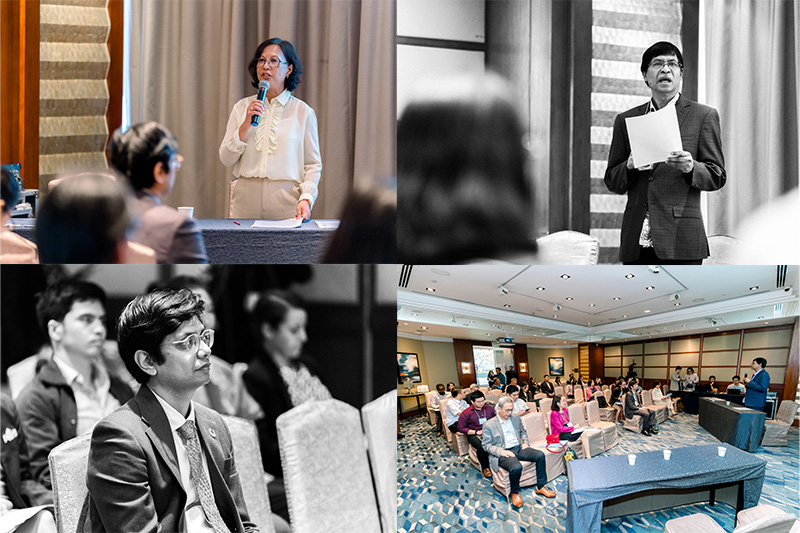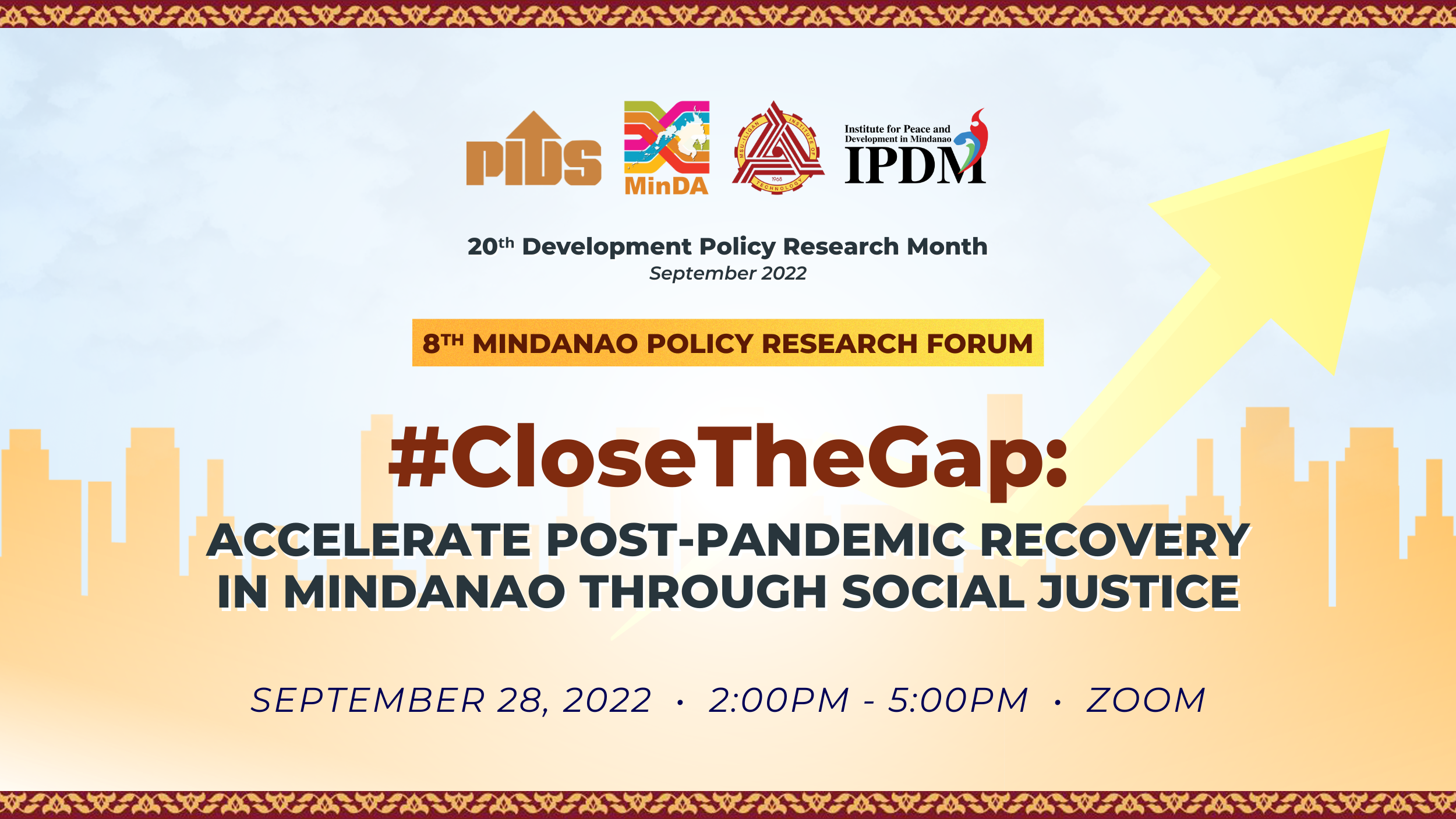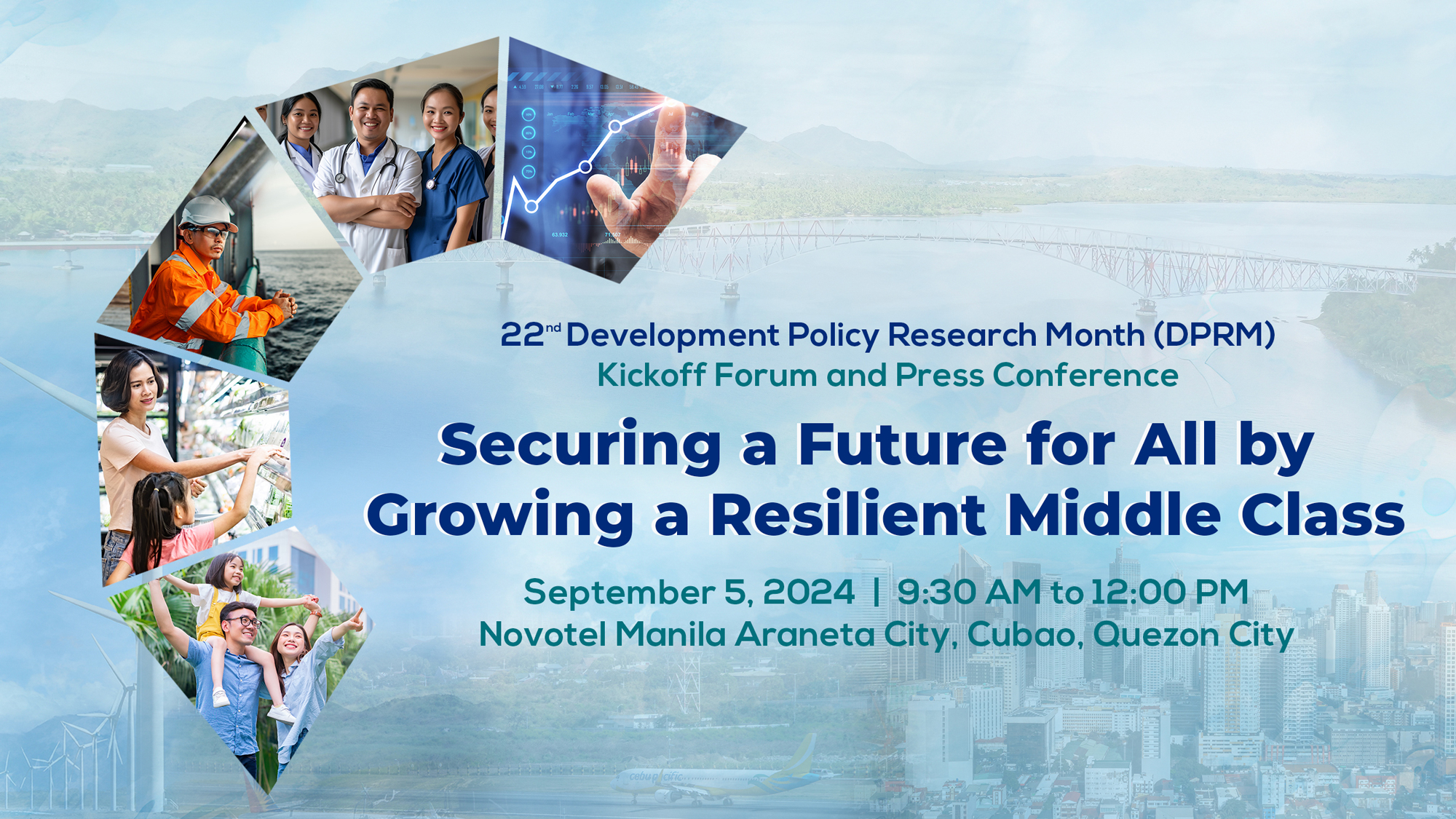
Women and young people are the biggest victims of the socioeconomic challenges and inequalities brought about by the COVID-19 pandemic.
This was emphasized by Leila Joudane, representative to the United Nations Population Fund (UNFPA) in the Philippines, during her presentation at the third webinar of the 8th Annual Public Policy Conference organized by the Philippine Institute for Development Studies (PIDS) with support from the Bangko Sentral ng Pilipinas.
“The basic and special needs of women and young girls continue and are often unmet during a crisis. The COVID-19 pandemic revealed their vulnerability and how young girls and women are not prioritized,” she said.
Women disproportionately shouldered the burden of care work during the pandemic when female family members bore the bulk of household responsibilities, such as assisting adolescent children with their studies and taking care of the elderly and other family members, according to Joudane.
“Age and gender-disaggregated data are needed to understand the challenges women and young people face not just during the pandemic but also in the long term,” she said.
As the pandemic exposed the weaknesses of the country’s health system, it impeded the delivery of essential sexual, reproductive, and maternal health services, which further marginalized women and young girls.
Globally, the UNFPA estimated 1.4 million unintended pregnancies resulting from women’s lack of access to any reproductive health interventions, especially at the height of COVID-19 restrictions.
“Analysis of social media sentiments show that many women online expressed issues on the availability of family planning services and commodities and access to a health provider for their reproductive health concerns,” she stressed.
Various health financing priorities and improving health literacy were also discussed during the virtual forum, which focused on public health infrastructure.
Eduardo Banzon, principal health specialist at the Asian Development Bank’s Southeast Asia Department, shared financial opportunities to support the implementation of the Universal Health Care (UHC) Act.
He highlighted how government spending on health services has increased in recent years, owing to its pandemic response.
“In 2020, we saw an increase of 28 percent of government spending on health. This can be attributed to the spending brought about by the country’s response to the COVID-19 pandemic. Part of the challenge is to ensure that this increased spending for health will not go down,” he noted.
Amid recent reforms in health care, however, out-of-pocket expenditure remains high in the country, said Vincen Gregory Yu, research associate at the Development Studies Program of the Ateneo de Manila University.
Yu discussed the harsh realities poor Filipinos face in availing of public health services despite the firmness of the UHC Act and the presence of the Philippine Health Insurance Corporation (PhilHealth).
Yu noted that low-income individuals needing urgent medical services often resort to factors, which he described as “4Ps”, namely, pagtitiis (enduring symptoms or illnesses instead of risking expensive treatment), pangungutang (borrowing money for health services), pagmamakaawa (soliciting help from social connections and nongovernment actors), and PhilHealth (perceptions on the role of the national health insurance program).
“Borrowing money often leads to more debt. People have existing debts they have not paid off yet, and when they borrow money for health expenses, they incur more debts, which lead to catastrophic health expenditure,” he stressed.
Aside from improving health literacy among Filipinos and their understanding of health financing and insurance systems, Yu added that misconceptions and prevailing negative beliefs on health care must be addressed.
The APPC is the highlight of the yearly Development Policy Research Month celebration led by PIDS every September. This year’s theme is “#CloseTheGap: Accelerate Post-pandemic Recovery through Social Justice”.
You may watch the APPC webinar on “Public Health Services and Infrastructure” at https://fb.watch/fMFITVKjxU/.
For more videos of PIDS events, go to https://www.pids.gov.ph/videos and https://www.youtube.com/c/PIDSPHL. ###



